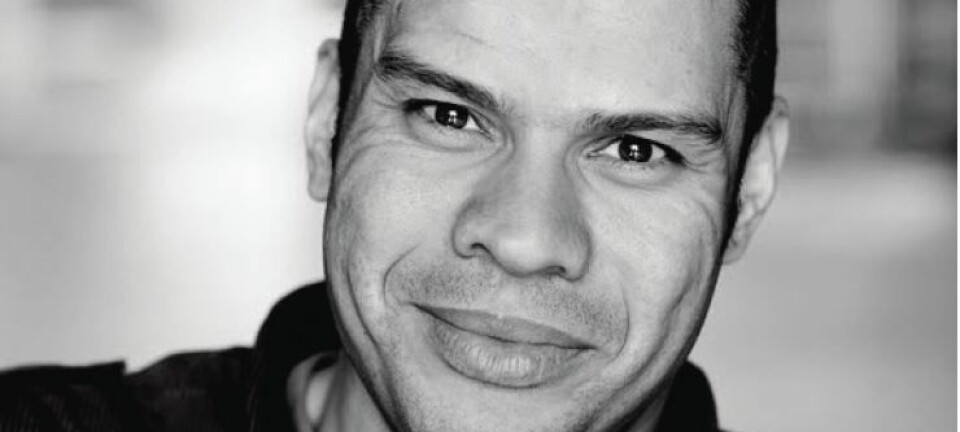How Copenhagen’s urban space can inspire developing countries
Cities around the world are wondering how they can be “copenhagenised” to help them tackle issues with air pollution and urban space.
Copenhagen is the world's most livable city -- and along with New York and Melbourne it ranks as one of the best planned cities in the world, according to the lifestyle magazine Monocle.
The three cities all have one thing in common: they consulted Danish architect Jan Gehl, professor of urban planning at the Royal Danish Academy of Fine Arts’ School of Architecture, when they set out to plan their infrastructure.
Gehl has participated in research on how the citizens of Copenhagen use the city and the Copenhagen City Council used the research to promote active urban life, making it easier for people to get around by bike or on foot.
In video at the top of this article you can hear about one of the world’s biggest challenges: urbanisation, which researchers from around the world, including Jan Gehl, will be discussing at Europe’s largest science conference EuroScience Open Forum 2014 (ESOF) which opens this weekend in Copenhagen.
A long way to go for city planning in developing countries
Grehl says that while Copenhagen is a good baseline, there’s a long way to go for big cities in developing countries.
As he explains in the video:
“A couple of years ago I had a good chat with the Planning Minister of Vietnam. He said: ‘We all dream about having our own car and that that will lead to congestion, pollution, and chaos in the cities -- but you can’t expect us to learn from your mistakes’.”
Gehl is a keynote speaker at ESOF and will present a talk on “Livable Cities in the 21st Century -- from research to real life”.
----------
Read the original story in Danish on Videnskab.dk
Translated by: Iben Gøtzsche Thiele









